Mechanical Properties of PVDF
PVDF, short for polyvinylidene fluoride, is a high-performance thermoplastic polymer that possesses exceptional mechanical properties. PVDF material is widely used in various industries, including aerospace, automotive, chemical, and electrical, due to its unique combination of strength, flexibility, and chemical resistance. In this blog post, we will explore in detail the mechanical properties of PVDF and understand why it is such a popular choice for numerous applications.
Mechanical Properties of PVDF
Tensile Strength
PVDF exhibits excellent tensile strength, making it highly resistant to stretching or deformation under applied loads. The mechanical properties of PVDF enable it to withstand high-stress conditions, making it suitable for demanding applications where structural integrity is crucial. The tensile strength of PVDF material typically ranges from 40 to 60 MPa, depending on the manufacturing process and grade.
Flexural Strength
PVDF possesses impressive flexural strength, which refers to its ability to resist bending or deformation when subjected to external forces. The material’s unique molecular structure contributes to its outstanding stiffness and rigidity. PVDF’s flexural strength is typically around 80 to 100 MPa, making it ideal for applications that require dimensional stability and resistance to bending or flexing.
Impact Strength
PVDF exhibits excellent impact strength, meaning it can withstand sudden shocks or impacts without breaking or fracturing. This property makes PVDF material suitable for applications where resistance to impact or collision is essential. PVDF’s high impact strength ensures the longevity and durability of components even in harsh environments.
Compressive Strength
PVDF demonstrates exceptional compressive strength, enabling it to withstand high pressure or compressive forces without permanent deformation. This property makes PVDF suitable for applications where the material needs to support heavy loads or withstand compressive stresses. PVDF’s compressive strength typically ranges from 70 to 100 MPa, depending on the specific grade and manufacturing process.
Hardness
PVDF possesses a high level of hardness, which contributes to its overall mechanical strength. The hardness of PVDF material is typically measured using the Rockwell hardness scale, with values ranging from R110 to R115. This hardness allows PVDF to resist scratches, abrasion, and wear, making it suitable for applications where durability and resistance to surface damage are crucial.
Chemical Resistance
One of the notable advantages of PVDF is its exceptional chemical resistance. PVDF material is highly resistant to a wide range of chemicals, including acids, bases, solvents, and oils. This property makes PVDF suitable for applications in aggressive chemical environments where other materials may degrade or corrode. PVDF’s chemical resistance ensures long-term performance and reliability in various industrial settings.
Thermal Properties
PVDF exhibits excellent thermal stability, with a high melting point of around 170°C (338°F). It also displays a low coefficient of thermal expansion, meaning it expands or contracts minimally with changes in temperature. These thermal properties make PVDF material suitable for applications that require dimensional stability across a wide temperature range. Additionally, PVDF has good flame-retardant properties, further enhancing its suitability for demanding environments.
End-note
PVDF, with its remarkable mechanical properties, offers a wide range of advantages for numerous industrial applications. Its high tensile strength, flexural strength, impact strength, compressive strength, hardness, chemical resistance, and thermal stability make it an ideal choice for demanding environments. From aerospace components to electrical insulation, PVDF’s mechanical properties provide the necessary strength, durability, and reliability required in various industries. As a versatile material, PVDF continues to find new applications and drive innovation across multiple sectors. Remember, understanding the mechanical properties of PVDF material is essential for choosing the right material for specific applications, ensuring optimal performance and longevity.
You may also like – PEEK Plastic Material | CNC Machined Components
FAQs:
Q. What is the Young’s modulus of PVDF?
The young’s modulus of PVDF, also known as the elastic modulus, is typically around 2.5 to 3.5 GPa. It measures the stiffness and elasticity of PVDF material when subjected to tensile or compressive forces.
Q. What are the properties of PVDF filter?
PVDF filters are known for their excellent chemical resistance, high thermal stability, low protein binding, and compatibility with a wide range of solvents. They offer efficient filtration, durability, and reliable performance in various applications.
Q. What are the applications of PVDF?
PVDF finds applications in aerospace components, electrical insulation, chemical processing equipment, membranes for water purification, wire and cable insulation, coatings for architectural and automotive industries, and more.
Q. What are the advantages of PVDF?
Advantages of PVDF include excellent mechanical properties such as high tensile strength, flexural strength, and impact strength. It also offers exceptional chemical resistance, thermal stability, and hardness, making it suitable for a wide range of industrial applications.
Q. What is PVDF common name?
PVDF’s common name is Polyvinylidene Fluoride.
- Why UPVC is the Best Choice for Piping & Plumbing Systems?
- The Growing Demand for PVDF Filters in Semiconductor Manufacturing
- The Future of UPVC Ball Valves in Industrial Fluid Control
- Why PVDF Check Valves Are the Best Choice for Harsh Chemical Environments
- Top PVDF Ball Valve Manufacturers: Quality, Durability & Performance

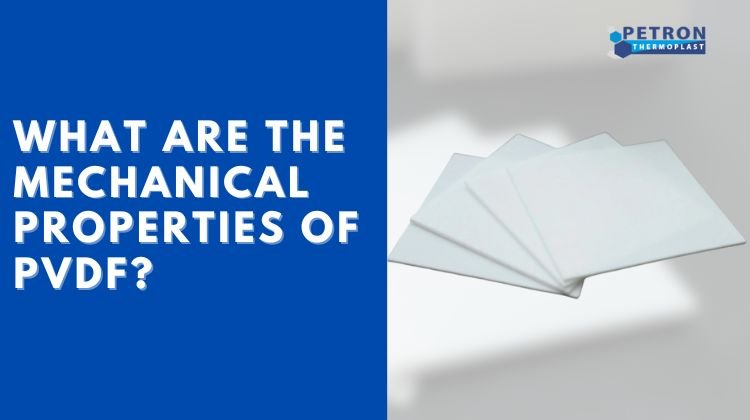
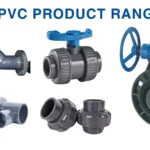
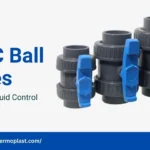
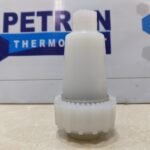
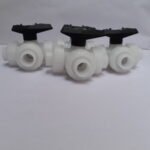
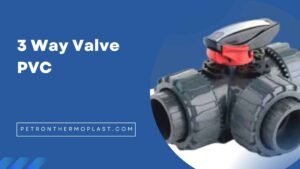
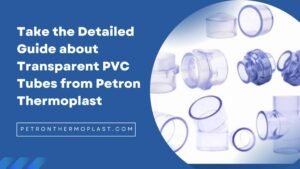

Pingback: รับจด อย
Pingback: Health Check Bangkok
Pingback: 168Galaxy Slot
Pingback: ข้อดีข้อเสียของคาสิโนเดย์ Casino Days
Pingback: สล็อต เครดิตฟรี
Pingback: Freshbet